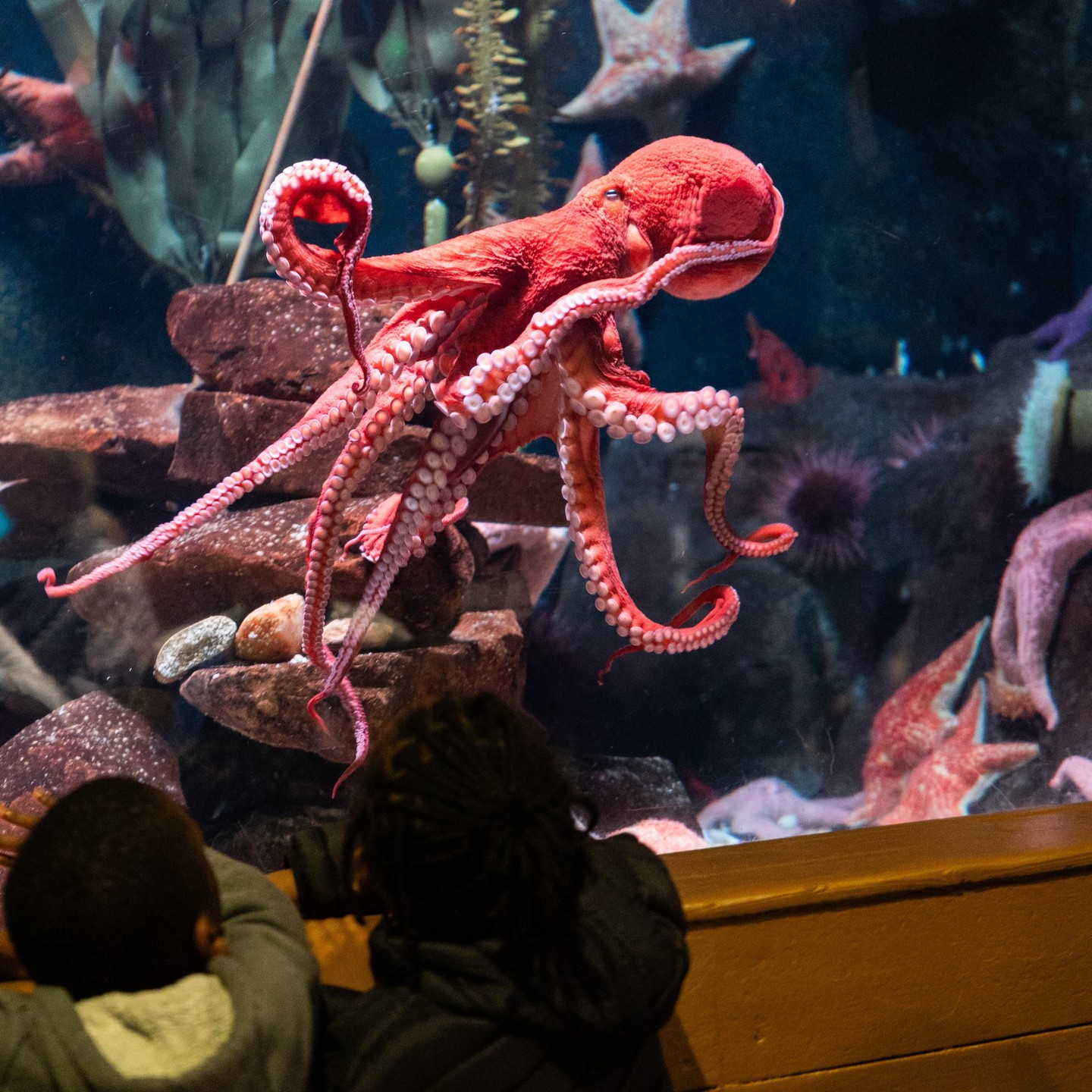- The ecology and habitat of the giant Pacific octopus
- Anatomical features and adaptations of the giant Pacific octopus
- The behavior and intelligence of octopuses
- Conservation challenges and efforts for the giant Pacific octopus
- The cultural significance of octopuses in society
The giant Pacific octopus (Enteroctopus dofleini) is an awe-inspiring marine creature that inhabits the coastal waters of the Pacific Ocean, particularly from Alaska to California. Renowned for its remarkable size, with some individuals weighing up to 110 pounds and stretching over 14 feet, this octopus is a marvel in the animal kingdom. Its natural habitat includes rocky crevices, kelp forests, and ocean floor environments rich with biodiversity. These conditions provide not just shelter but also ample food sources, such as crabs, fish, and mollusks.
The ecology of the giant Pacific octopus is deeply connected to its habitat. This species prefers environments that offer plenty of hiding spots and access to prey. Kelp forests, for example, serve as nurseries for many fish species, which in turn become food for the octopus. The presence of a healthy ecosystem is crucial, as it supports the food web that sustains octopuses. With a high metabolic rate, these cephalopods require substantial energy, which highlights the importance of balanced marine health.
Anatomy plays an essential role in the survival strategies of the giant Pacific octopus. Each octopus boasts eight arms equipped with up to 250 suckers, showcasing their skillset for manipulation and exploration. These suckers possess a keen tactile sensitivity, allowing the octopus to taste and feel different surfaces directly. Furthermore, the octopus’ ability to change color and texture aids in camouflage, providing effective concealment from predators and prey alike. In addition to this impressive drive for stealth, the octopus can also eject a cloud of ink when threatened, creating a diversion that allows it to escape.
The behavior and intelligence of octopuses are among the most intriguing aspects of their biology. Research demonstrates that octopuses exhibit complex problem-solving skills and the ability to learn through observation. They have been seen using tools, such as coconuts and shells, as protective shelters or projectiles. This capacity for innovative behavior challenges our understanding of intelligence in non-vertebrate species. Learning and memory tests show that they possess both short-term and long-term memory. Their curious nature often leads them to explore their environments, experimenting with various objects and learning how to manipulate them for their benefit.
While the giant Pacific octopus is a remarkable creature, it faces several conservation challenges. Habitat destruction, primarily due to human activities like coastal development and pollution, has a significant impact on their populations. Overfishing also poses a threat, as the extraction of their natural prey could lead to food shortages. Climate change exacerbates these issues, altering ocean temperatures and affecting marine ecosystems. Additionally, specific regions may experience changes in the availability of kelp beds and rocky habitats, further complicating their survival.
Efforts to conserve the giant Pacific octopus involve habitat protection and sustainable fishing practices. Marine protected areas (MPAs) play a crucial role in safeguarding these habitats from industrial activities. MPAs create safe spaces where marine life can thrive without the pressures of fishing, tourism, or pollution. Sustainable fishing practices, such as catch-and-release techniques and the use of selective fishing gear, help to maintain healthy populations of octopus prey. Education and awareness campaigns are also vital in promoting respect for marine environments, encouraging individuals and communities to engage in conservation efforts.
Beyond their biological attributes and ecological roles, octopuses have significantly influenced human culture and society. Various cultures around the world feature octopuses in mythology, art, and cuisine. In many Pacific Island communities, the octopus is not just a food source; it often appears as a symbol of wisdom and adaptability. Literature and film have also contributed to the enchanting nature of this animal, amplifying its presence in popular culture. Whether portrayed as gentle and wise or as enigmas of the ocean, octopuses capture the imagination in diverse ways.
In summary, encountering a giant Pacific octopus is not just a chance to observe a marine animal; it reflects deep ecological connections, adaptive biology, behavioral intelligence, conservation challenges, and cultural significance. These facets highlight why seeing an octopus is a delightful experience for enthusiasts and casual observers alike. The vibrant ecosystems in which they thrive deserve protection, given their role as sentinels of ocean health. As the world navigates the ongoing challenges of environmental conservation, understanding and advocating for creatures like the giant Pacific octopus become increasingly essential for future generations.
*****
Source Description
Isn’t it always a good day when you see an octopus?
The giant Pacific octopus can have up to 250 suckers on each arm – it might be hard to count all of those 🧐


